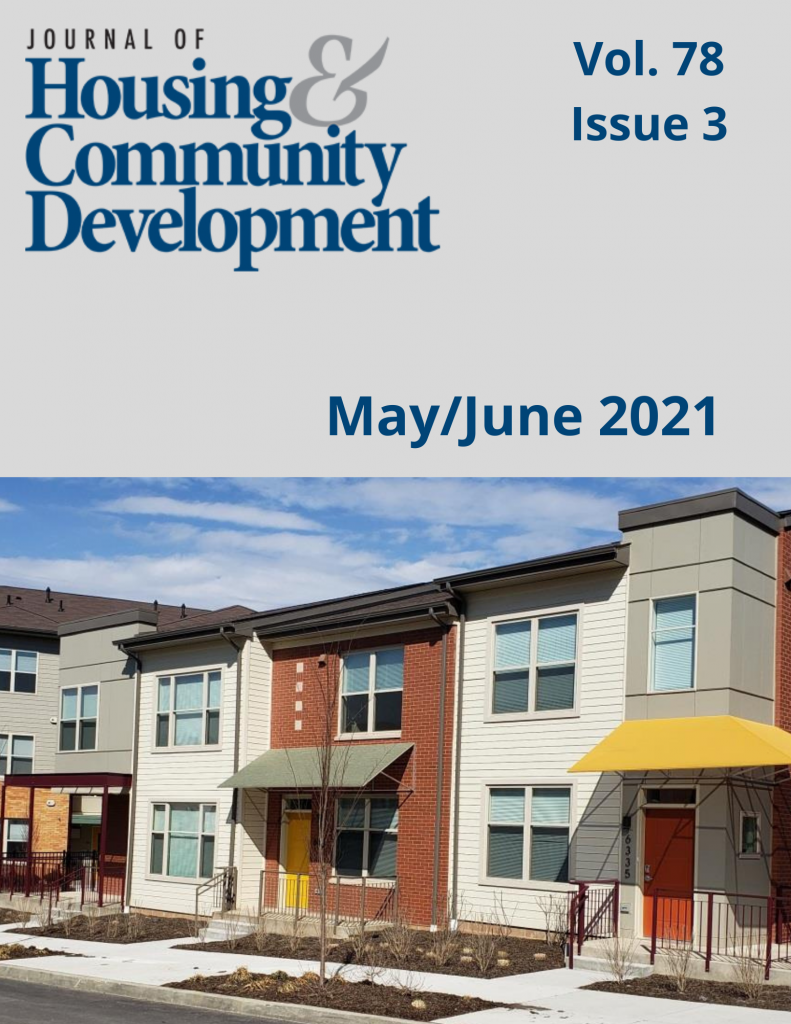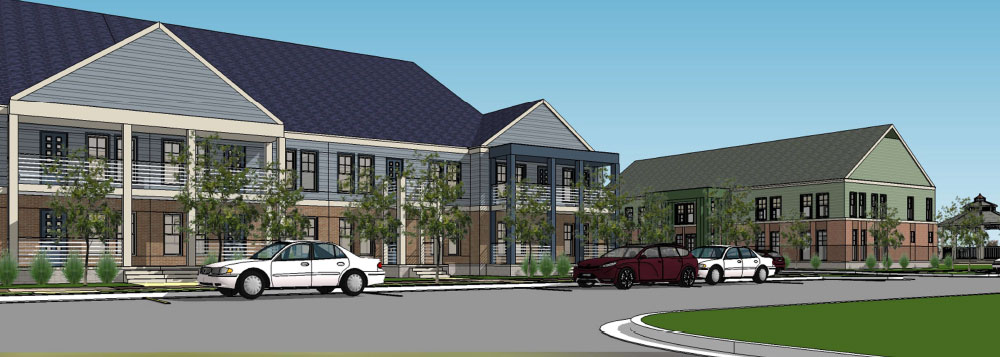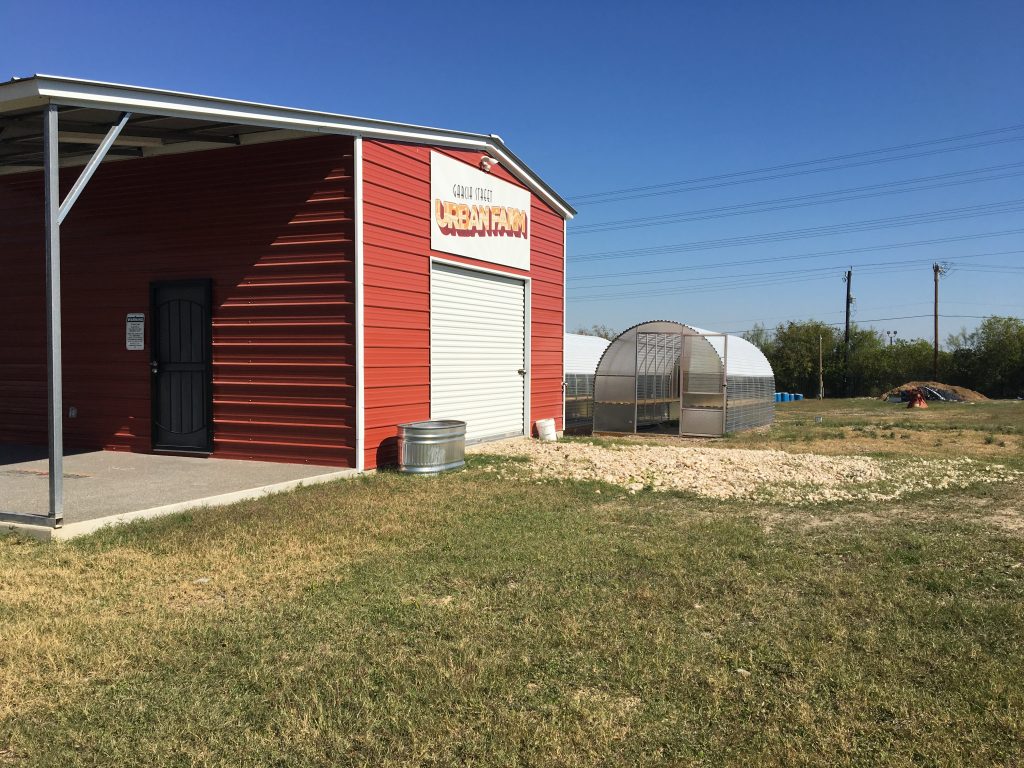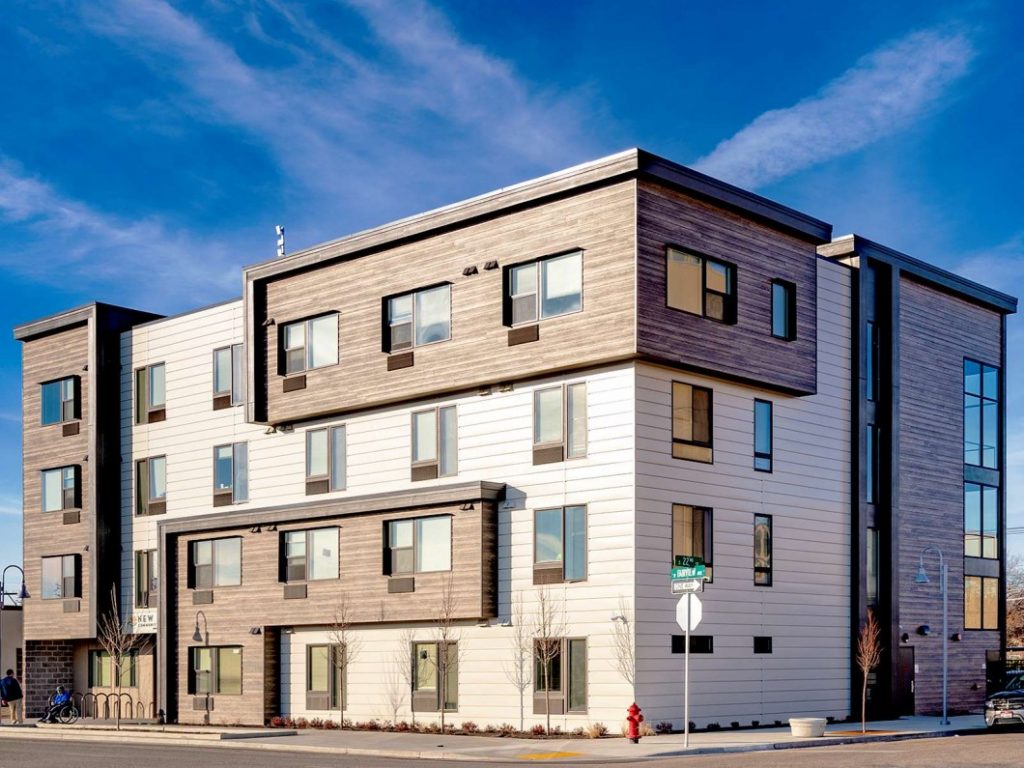Equity and Well-Being in Affordable Housing: Starting with Voice and Choice
Previously published on the Stewards of Affordable Housing for the Future blog.
The COVID-19 pandemic has made clear what advocates and providers of quality rental homes have long known: a stable, a quality home supports good health. Mission driven housing providers know that stable homes enhanced by resident services can further support health and well-being and provide a platform for addressing equity gaps for people of limited economic means. However, when making the connections between health and housing though, stakeholders can often overlook meaningful ways to include resident voice and prioritize agency.
A growing body of evidence shows that feeling we have a voice and sense of choice (or agency) helps to mitigate trauma and toxic stress and support our health and well-being. It can also increase social activity and reduce social isolation. For residents of affordable housing though, voice and agency are too often inhibited. One explanation for that is that financing partners, regulators and property owners and managers concerned about risk mitigation and safety often implement policies and house rules that leave residents feeling they have little voice or control in the place where they live. This is a persistent challenge in affordable housing, and the COVID pandemic has certainly compounded feelings of loss, stress, and having little to no control.
To better understand this challenge, SAHF conducted a series of focus groups with residents of SAHF member properties and interviews with frontline staff and senior management. What we heard confirms some of what mission-minded operators have known about the strategies that support resident satisfaction, but also offers practical examples of where even well intended operations decisions leave residents with fewer choices in their daily lives. Some of these takeaways include:
- A property culture and environment that facilitate connection and social cohesion are important to resident satisfaction. While the COVID-19 pandemic has stymied traditional methods of community building, such as frequent face-to-face communications and collective gatherings, planning and decisions that support open, inclusive opportunities for residents to provide feedback or play a role in how their community can foster a more equitable recovery should be considered whenever possible.
- All frontline staff — not just resident service coordinators or property managers– can play a major role in how residents’ experience the property. Residents emphasized the need for all staff who interact with residents to be “relationship-oriented”, serving as additional support in addressing resident needs more quickly.
- House rules, and how they are communicated to residents, are particularly influential in how residents perceive the social environment and their place in it. For example, changes to rules around access and use of common spaces not only change how residents gather with friends and family, but how they use these spaces to look out for their neighbors and the broader community. While many restrictions stem from valid liability concerns for the property, residents can find them frustrating—especially when little to no explanation is provided.
- Clearer communication and information sharing is needed around data collection. Residents are asked to provide significant amounts of personal data in connection with their homes, and yet most still seek to understand why their information is being collected and how it is being used. Residents also expressed an interest in accessing collected data to help them collectively solve problems like transportation (e.g. neighbors who may need a ride to the store) and snow shoveling.
Making changes to address these findings can be complicated given layers of compliance requirements and risk mitigation concerns. However, there are immediate steps that owners can take to support resident health, well-being and satisfaction by lifting up the voices of residents and giving residents choice and decision-making power in their homes. The following approaches can serve as building blocks to more just and equitable communities:
- When you have to relay a tough decision or a change in rules to residents, ask how your communications can be more clear and transparent. By conveying not just what but why and how you arrived at the decision, owners and operators demonstrate respect for residents’ interest in the property and may even invite valuable input from the experts in the day-to-day experience at the property.
- Consider how to create meaningful leadership roles and pathways to engagement for residents. This means seeking opportunities to involve residents in decision-making and work with them to create solutions rather than just pushing information to them or offering a one-time opportunity for feedback. Look to community organizing approaches, such as the Spectrum of Community Engagement to Ownership, for new ways of thinking about resident services and resident agency that focus on the strengths and assets of the residents and community.
- Find way to include residents in the design of property and development of rules and regulations. This often means engaging residents before required notices and meeting periods when many decisions have already been made. Residents in the focus groups gave examples of well-intended design changes with unanticipated impacts, such as walkways that were more environmentally friendly and attractive, but made it more difficult for people in using wheelchair or walkers to navigate. Continued and more fulsome engagement of residents and their perspective can improve the resident experience and avoid the need to conduct costly redesigns of the property and rules down the road.
- Offer trainings on trauma-informed approaches for all property staff. Trauma-informed approaches can help staff navigate or mediate confrontational or difficult situations at the property, including among staff and residents. Trauma-informed practices may also serve as a professional development and staff retention tool.
The events of the past year have reminded us not only that a stable, affordable home is essential for health, but also of the many ways that a home can support well-being. As affordable housing providers and their partners strive to provide stable home and services, they should consider how programs and policies, as well as regulatory requirements give residents choice and power in their daily lives. We urge providers to not only take the early steps outlined above, but also to do the hard work of examining how their policies and practices can be improved to elevate the voice and agency of residents. By challenging ourselves to do better, we can support the well-being of residents and build more inclusive and well-functioning communities.
More Articles in this Issue
Posterity Heights Paves the Way for Housing Development in Fort Wayne
Fort Wayne Housing Authority (FWHA) won a 2020 Award of Excellence for Affordable Housing for Posterity Heights, an energy-efficient housing…Revitalizing Larimer
The Housing Authority of the City of Pittsburgh won a 2020 Award of Excellence in Community…Growing Farm-Fresh Food in San Antonio
The San Antonio Housing Authority won a 2020 Award of Excellence for Community Revitalization for starting an…Housing First is the Leading Model in Boise
Boise City/Ada County Housing Authorities won a 2020 Award of Excellence for Affordable Housing for New Path Community…Improving Racial Equity via Emergency Rental Assistance
Originally published in Shelterforce, the voice of community development. Long before the COVID-19 pandemic, Black, Latino,…Dr. Eva Rosen Discusses Voucher Promise
Dr. Eva Rosen, an assistant professor at Georgetown University’s McCourt School of Public Policy, joined NAHRO for…






